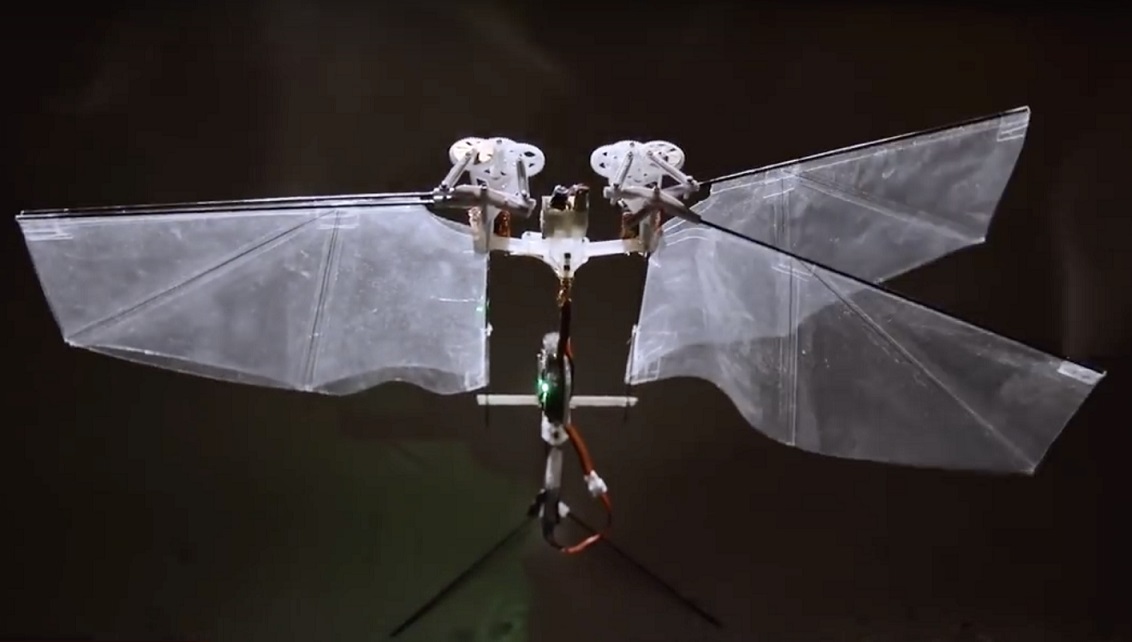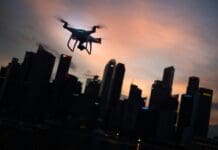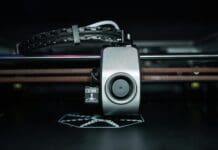This post is also available in:
 עברית (Hebrew)
עברית (Hebrew)
A fruit-fly-inspired flying robot recently developed will potentially aid not only insect research, but its exceptional flying qualities open up new drone applications. This is the first autonomous, free-flying and agile flapping-wing robot.
Developed by TU Delft from the Micro Air Vehicle Laboratory (MAVLab) in collaboration with Wageningen University & Research, the Netherlands, the robot showcases power and control flight by flapping its wings. This enables small natural flyers such as insects to hover close to a flower, but also to rapidly escape danger.
Recently, flying animals have become a source of inspiration for robotics researchers, who try to develop lightweight flying robots that are agile, power-efficient and even scalable to insect sizes. So far, the newly developed robot named “DelFly Nimble” is unmatched its performance, and yet with a simple and easy-to-produce design.
The robot’s flapping wings beat 17 times per second, not only generate the lift force needed to stay airborne but also control the flight through minor adjustments in the wing motion.
’The robot has a top speed of 25 km/h and can even perform aggressive manoeuvres, such as 360-degree flips, resembling loops and barrel rolls’, says Matěj Karásek, the first author of the study and main designer of the robot. ’Moreover, the 33 cm wingspan and 29 gram robot has, for its size, excellent power efficiency, allowing 5 minutes of hovering flight or more than a 1 km flight range on a fully charged battery.’
This robot is essentially a novel, autonomous micro-drone.
The MAVLab scientific leader, Prof. Guido de Croon, says: “Insect-inspired drones have a high potential for novel applications, as they are lightweight, safe around humans and are able to fly more efficiently than more traditional drone designs, especially at smaller scales. However, until now, these flying robots had not realized this potential since they were either not agile enough – such as our DelFly II – or they required an overly complex manufacturing process.”
The DelFly Nimble, in contrast, builds on established manufacturing methods, uses off-the-shelf components, and its flight endurance is long enough to be of interest for real-world applications, as reported by uasvision.com.


























